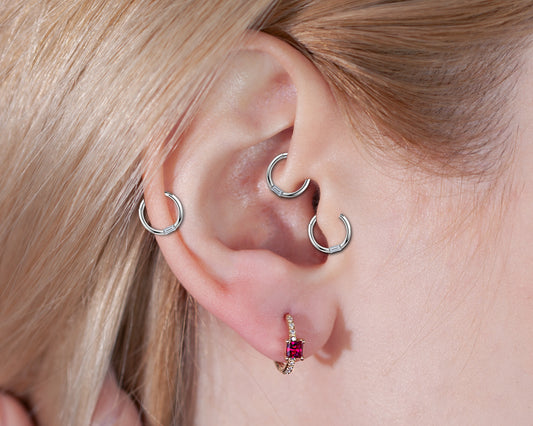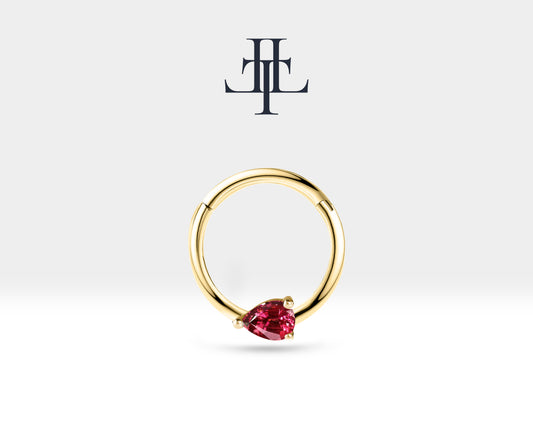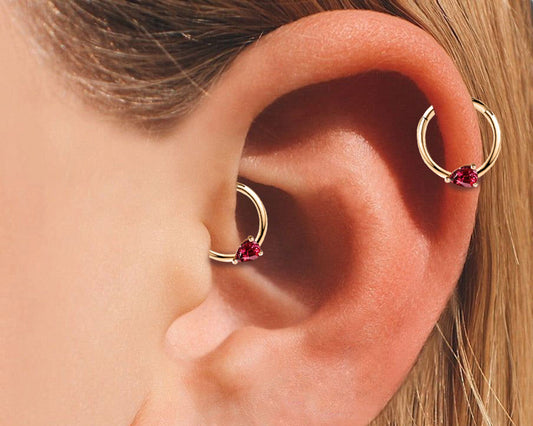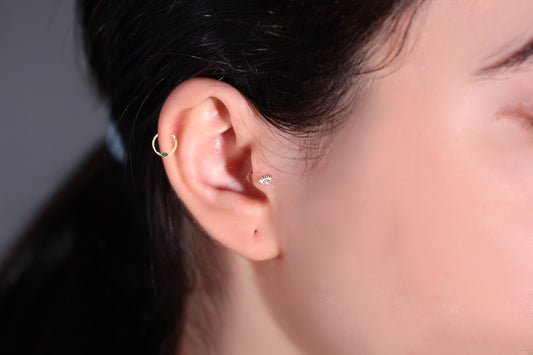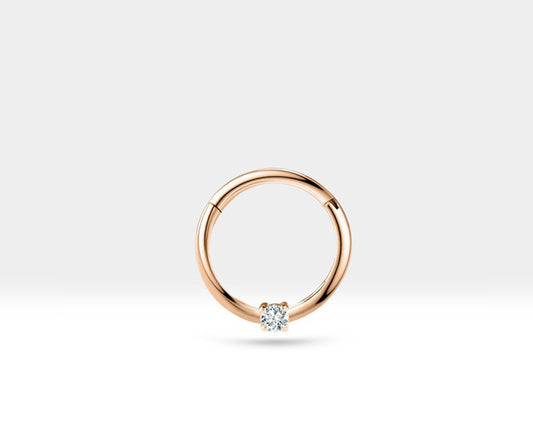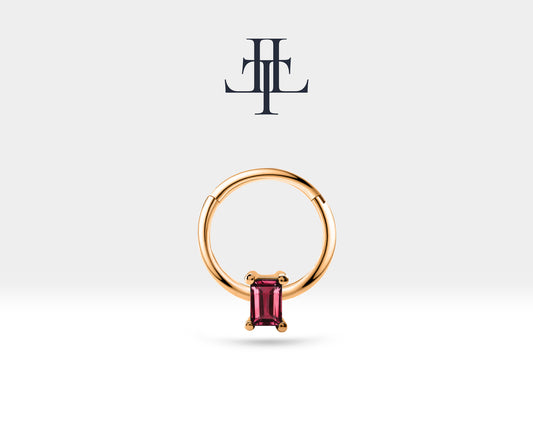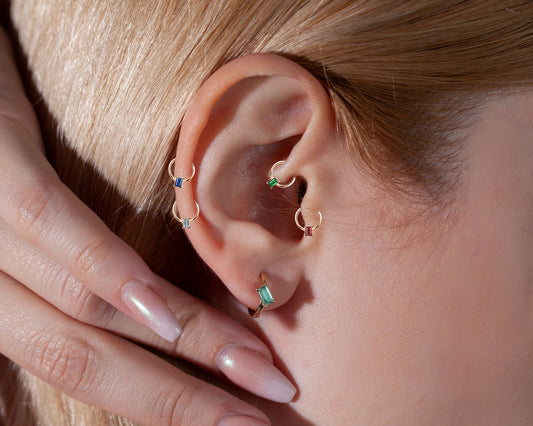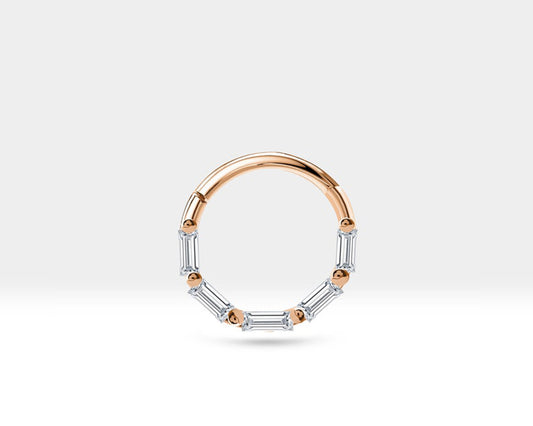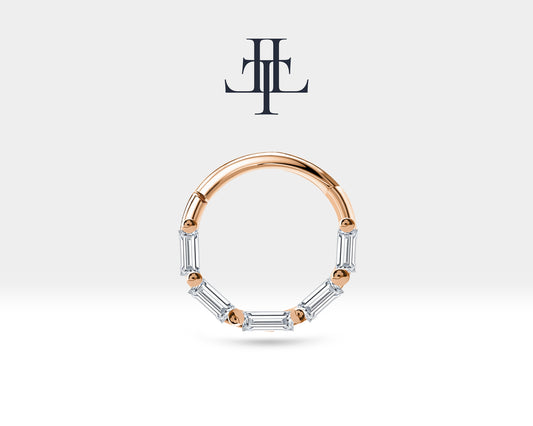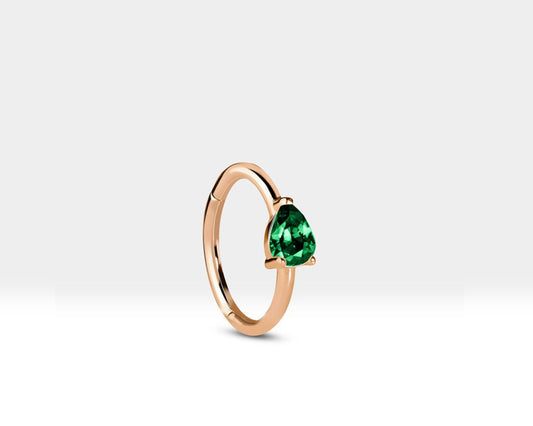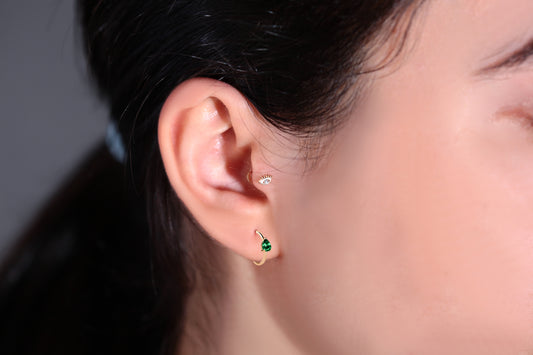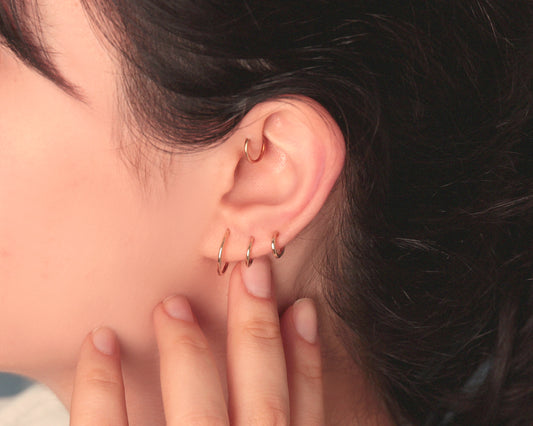Sapphire is a precious gemstone, a variety of the mineral corundum, consisting of aluminium oxide (α-Al2O3) with trace amounts of elements such as iron,titanium , chromium, vanadium, or magnesium. The name sapphire is derived from the Latin "saphirus" and the Greek "sapheiros", both of which mean blue.
Sapphires can be found across the world in many varying regions. They are commonly found in Thailand, China, Eastern Australia, Madagascar, Africa and certain parts of North America.
The sapphire is a variation of the mineral Corundum and though blue is the most well-known color of sapphire, it can be found in almost any other color aside from red, which is called a ruby.
To buy the right sapphire for you, there are several factors to consider.
Your comprehensive buying guide for the perfect sapphire
The sapphire has been a highly sought after gemstone for centuries. It is easy to see why. There is no doubt that sapphires are classy, elegant and incredibly beautiful. It has long been connected with royalty.
Tip : 1. Choosing the color of your sapphire.
The first question to ask when searching for a sapphire is ‘what color do sapphires come in?’
This may be the most important attribute to consider when purchasing a sapphire. When looking at the color of a gemstone there are three main things we must take into consideration: Saturation, Tone and Hue.
Saturation refers to the amount of color present in a certain gem. A clear gemstone will have very little saturation while a very vibrant gemstone will have a high saturation.
The tone refers to the lightness or darkness of a stone. Not to be confused with saturation which refers more to the opacity of the stone than the presence of color, tone will give us an idea of how light or dark the color present is in our stone. For example, a blue sapphire could have a very high saturation with medium tone which means that the color present in the stone is strong yet the actual blue coloring is of a medium vibrancy.
Lastly, hue refers to the color of our stone.
Blue sapphires are probably the most common and most desirable of the sapphire family, however sapphires are available in a variety of colors. It is interesting to note that regardless of color, all sapphires are made of the mineral corundum, but it is the presence of some foreign element that gives each stone its particular hue.
Yellow sapphiresKnown for the cheerful and sunny color, this is one of the most adored colors of sapphires. The yellow color is caused by trace elements of iron present during the formation of the stone.
Green sapphires
With colors ranging from forest green to lime green, this sapphire is well loved as a symbol of truth, honesty and integrity. The green is also caused by iron being present during the formation process.
Purple sapphiresOne of the more rare colors in sapphire, these gems are like a well-kept secret. Elegant and refined, they make beautiful jewelry. The stone obtains its purplish hue due to the presence of chromium and titanium.
Red sapphires
Red sapphires are actually classified as ruby though they come from the same mineral: corundum. It receives this color when there are high levels of chromium present.
Blue sapphiresBlue is the most common and well-loved color of sapphire known for its presence in the jewelry collections of celebrities and royals. This beautiful color is created when titanium and iron are added to the corundum.
Blue Sapphire’s are the most well-known and probably most beloved variety of sapphire because of their vibrant color and the way they pair so well with white gold and diamonds.
The deep blue color you often find in many sapphires is achieved through heat treatment which brings out the color and vibrancy of the sapphire. Another treatment done almost exclusively to blue sapphire is called ‘diffusion treatment’. This treatment involves the application of a very thin layer of color over the surface of the gemstone which enhances the existing color.
When observing your sapphire in the light, regard the color from all angles of the stone. Some less expensive stones will exhibit strong pleochroism which means different colors will be visible from different angles. For example, if you hold up a stone with strong blue pleochroism, it may exhibit a dull grey or green color from various angles.
White sapphires
During their formation, they did not come into any contact with foreign elements, resulting in the lack of color. Interestingly, although they are very rare, they cost less than their colored counterparts. White sapphires look quite similar to diamonds.
Tip : 2. Evaluating the clarity of your sapphireSapphires typically come with some slight visible inclusions. This is normal. Finding a sapphire without any visible inclusions is incredibly rare and would be very expensive. Most sapphires may have a type of inclusion called needles. These look like small, very fine lines running through the inside of your stone. Many gemologists will assume, when determining whether the gem is authentic sapphire or not, that the stone is an imitation if it does not have any of these common visible inclusions.
With many gemstones, diamonds included, inclusions are thought to be a negative. Some gems are even observed through an intense magnifying lens to determine if there are any inclusions. With sapphire, the gem is checked to be eye clean. This means no inclusions visible with the naked eye.
Tip : 3. Choosing the cut of your sapphire
When choosing the cut, there are several things to consider. The cut of your stone is what allows the brilliance and beauty to pour through. It is important to view your stone in the light to see the varying facets and
the varying facets and the symmetry with which it has been cut. A stone which has not been cut symmetrically will not reflect the light as well as a stone that has been but cut by an expert with great precision. Check out the image to the right which depicts a list of various cuts .
There are endless ways a sapphire can be cut to display its natural beauty. Be sure you chose a cut that resonates with you.
Tip : 4. How to choose your sapphire carat weightSapphires are among the heavier stones. This means that a sapphire of the same carat as a diamond will be smaller in size than the diamond. A one carat sapphire will usually be a little larger than 6mm in size.
The larger the sapphire, the greater the number of carats and also the greater the cost.
Tip : 5. Is a synthetic sapphire fake?
Synthetic or lab-created sapphire are not FAKE sapphires – quite the opposite. They are the real deal. The only difference is that a synthetic sapphire is created in a tightly-controlled lab following a ‘recipe’ while a natural sapphire is formed over millions of years in natural environments. Both are identical chemically, optically and physically, with only minute differences. One main difference between the two is that natural stones may contain natural flaws and stains, while synthetic sapphires are often flawless.
Some vendors may try to convince you that a synthetic sapphire is an impostor masquerading as a real sapphire. This is not true because, as mentioned above, a synthetic sapphire is real. They only differ in their origins.
If you are on a budget, synthetic sapphires are a great way to have your cake and eat it too, as they are much more affordable than natural stones. You can also find them in a variety of sizes.
Tip : 6. What about imitation sapphires?
What you have to watch out for are imitation sapphires. Sapphire can be imitated by colored glass, garnets, tourmalines and other created and dyed materials. These imitations will not reflect light in the same manner as an authentic gemstone. Also, imitation sapphires will not be as durable. If you are curious about the authenticity of your stone it is best to take it to a jeweler or gemologist who can give you a valid answer.
A good at home test is to really observe the surface of your stone for any scratches. As sapphire is a very hard stone it will no commonly have scratches on the surface. You can also hold your stone up to the light to see how the light shines through the stone. Do you see any small imperfections? Most natural sapphires will have some very slight inclusions visible to the naked eye. If your stone has none and looks completely clean it may be a synthetic or an imitation.
Whether you choose a natural, synthetic or imitation sapphire is totally up to you. There isn’t a right or wrong choice here. What is important is that you know the origins of your stone and aren’t being unwittingly ripped off.
Just ensure that you ask for a certificate of appraisal from the vendor which will be proof of its authenticity and will also mention any treatments that the stone has undergone.
Tip : 7. Color-enhancing treatments on sapphiresBecause sapphires with more saturated color are given a higher value, pale sapphires are often subjected to color-enhancing treatments to brighten their natural color or sometimes even to change the color of their surface.
The most common would be Heat Treatment where pale-colored sapphires are subjected to a temperature of more than 17000 C. The heat livens the color of the sapphire at the end of the treatment, giving you a brighter more saturated stone. Although gem collectors would still prefer untreated stones, this method is already widely accepted in the market.
Another color-enhancing technique is the Diffusion Process. In this method, the gem is heated to a melting point together with a color-changing element that penetrates the surface of the stone giving it a different color. There are two types of diffusion techniques used – surface diffusion and lattice infusion. Titanium is commonly used for surface diffusion where a shallow penetration occurs. Titanium gives the treated sapphire a blue color. The element beryllium is more common with lattice infusion where it penetrates deeper into the stone and creates an orange color. Surface diffusion yields a weaker outcome than lattice infusion in that the original color is often exposed when the stone is chipped or repolished.
The weakest among these treatments is Irradiation where the stone is exposed to controlled radiation to bring out a more vibrant color. This is more commonly used on pale yellow and light brown sapphires with the end-product becoming a stunning bright yellow color. The downside to this method is that the color fades when the stone is exposed to bright light or to heat. Since no penetrative element is used, the product of Irradiation is often hard to detect in lab tests. As an alternative, gem experts use the “fade test” by exposing the stone to intense light and re-examining its color afterwards.
Tip : 8. Sapphires in jewelryThe world of sapphire jewelry is unlimited. Sapphires have been used in necklaces, earrings, tiaras, pendants, bracelets, and more. Sapphires are also a welcome alternative to the traditional diamond engagement ring.
Engagement ringsWhen on the hunt for that romantic statement piece, look no further than the sapphire. With their rich blue color and their incredible beauty they are ideal for making an impact and drawing attention to the wearer. From royals to celebrities the sapphire has appeared for years on that important finger. You don’t have to be a celebrity to have an elegant sapphire engagement ring however.
Sapphires are beautiful no matter the size and also pair well with diamonds and various other gemstones to provide a unique and exciting variation on the traditional diamond engagement ring. Sapphires are bold and challenge the conventional ideas. With so many different cuts and colors, the sapphire is a unique choice and will show the time and attention the buyer put into the search for the perfect ring.
Choose your StyleThere are endless options when shopping for the style engagement ring you like most. A popular choice for many buyers is a ring that utilizes both diamonds and sapphires in a unique way. This can be seen as a large square cut blue sapphire flanked by two baguette cut diamonds.
In many engagement rings you will find more than one sapphire, perhaps one larger sapphire flanked by two smaller sapphires, and all encircled by diamonds. Often times you will find diamonds in the band of the ring which can be another great way to include diamonds in a sapphire ring.
Blue Diamonds VS. Blue SapphireBlue diamonds can be very similar to blue sapphires in many ways. They can both contain a vibrant blue color and hold light that is so beloved in many gemstones. The main difference between blue sapphires and blue diamonds however is the cost and rarity. Blue diamonds are far rarer than blue sapphires and are therefore more expensive.
Necklaces, Bracelets, and Pendants
Sapphires can be used in a variety of other ways such as on a simple tennis bracelet to a large pendant. Often blue sapphire is paired with a white gold or platinum metal, most likely because its vibrant blue color shines best when paired with the cool silver color of these materials. Having said that, when paired with rose and yellow gold, sapphires can give off a vintage charm and a classic look.
Tip : 9. Where to buy sapphires
OnlineThe internet has unlimited shops that will make it easy to find the piece that is right for you. The best first step is to determine your price range and the type of jewelry you are looking for. Having a good idea of what you want will make the process much simpler and straightforward.
Many websites have a section where you can enter your price range and shop for the specific jewelry you are interested in. For example, you can search for sapphire engagement rings between $500 and $1000. Shopping online may be less expensive than shopping at a brick and mortar store and can also be done from the comfort of your own home. Downsides to shopping online is the time it will take to receive your piece via mail and the inability to touch and try on your piece first.
In PersonThere are many benefits to shopping in person as well. Shopping in person allows you to browse pieces individually. It allows you to pick up and actually try on pieces before committing to them. Also, the value of having a jeweler there with you to help answer your questions and guide you to the right piece can be invaluable. The downsides to shopping in person are the limited options and the high costs.
When shopping for a sapphire I find that it is best to do a little of both shopping online and in person. It is great to go to a jewelry store where you can try on various styles, sizes and have the knowledge of a jeweler to learn from. You can then take this experience and apply it to your own online search.
Tip : 10. Caring for your sapphire
Caring for your sapphire is quite simple and can easily be done at home because this is a highly durable stone (9 on the Mohs scale).
First gather together a soft dry cloth, a small soft bristle brush, and a mild soap. Using warm soapy water, use the soft brush to gently scrub the stone and surrounding surface clean. When your stone is as clean as you would like, you can rinse it with warm water and use the soft cloth to dry your stone.
Always be cautious when using harsh chemicals when wearing your stone. These can have a negative effect. It is always best to remove all of your valuable gemstone before engaging in any activity that involves chemicals.
Tip : 11. Sapphire symbology
One of the reasons the sapphire is so beloved as an engagement ring is because of its symbolism as a stone of faithfulness and promise. Many people believe the sapphire is a symbol of wisdom and truth. Over the centuries, sapphire has played a role in many tales and traditions because it is believed to have a direct connection to the divine. Having a rich history with royals, sapphire was thought to protect the feared against a vast number of common ailments and ill wishes and also to fill the wearer with wisdom and insight.
Sapphire, with its great beauty and elegance is a welcome addition to any jewelry collection. If you are pursuing sapphire for a simple statement piece or as an engagement ring the wearer will forever reap the benefits of such a unique and bold piece. Always promoting wisdom and elegance in the wearer, sapphire will continue to shine as a valuable member of your jewelry collection.
Regardless of whether these meanings and powers are true or not, they do imbue sapphires with meaning and make them an intriguing stone!



